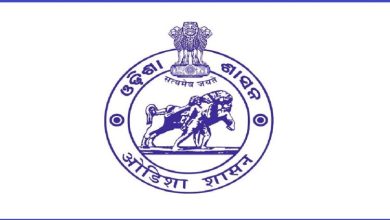Salt of the Chapora: Goa’s traditional salt farmers battle modern pressures

PERNEM: It is a universal truth that no food tastes better without salt. A pinch of salt greatly brings out the flavours of most cuisines, especially Indian cuisine, which relies heavily on spices. Although iodized salt is easily available in markets today, Goa has a long history of farming its own salt traditionally.Although Goa is fast becoming the latest victim of commercialisation, there are still a few traditional businesses kept alive by the locals. Salt farming is one such traditional occupation that has been preserved by a few. Pravin Bagli from Agarwada hails from a family that has been salt farming for generations.If one were to take a stroll through the village of Agarwada in Pernem, they would notice many salt pans on the shores of the Chapora river. In fact, the village takes its name from the profession itself, as salt pans in Konkani are called ‘Mithagar’ or ‘Agar’. Although these pans belong to bhatkars, there are many Kul Mundkars who still harvest salt from them.Bagli emphasises the challenges faced by the younger generation in continuing this occupation. “Youths are not ready to come into this business because there is work for only two to three months in a year. Youths prefer taking up jobs because it assures them of regular payment. This is why the government needs to draft a scheme to help traditional salt farmers, if we are to preserve this occupation,” says Bagli.Bagli was also awarded by the Goa State Biodiversity Board for his efforts to preserve this traditional occupation. Describing the meticulous process of salt farming, Bagli says, “First, we have to dry the water in the pans in November. We drain out the water from the pans for at least three to four days, which costs about Rs 15,000. The government would provide us pumps earlier, but we did not receive that help this year. After pumping out the water, the clay is thoroughly mixed by foot stamping. The final yield is ready by the last week of January.”“Before this, we have to store the saline water of the Chapora River in the salt pans. One can harvest black and white salt. The black variant is used as manure for trees and farming, while white salt is used for cooking,” he said.





